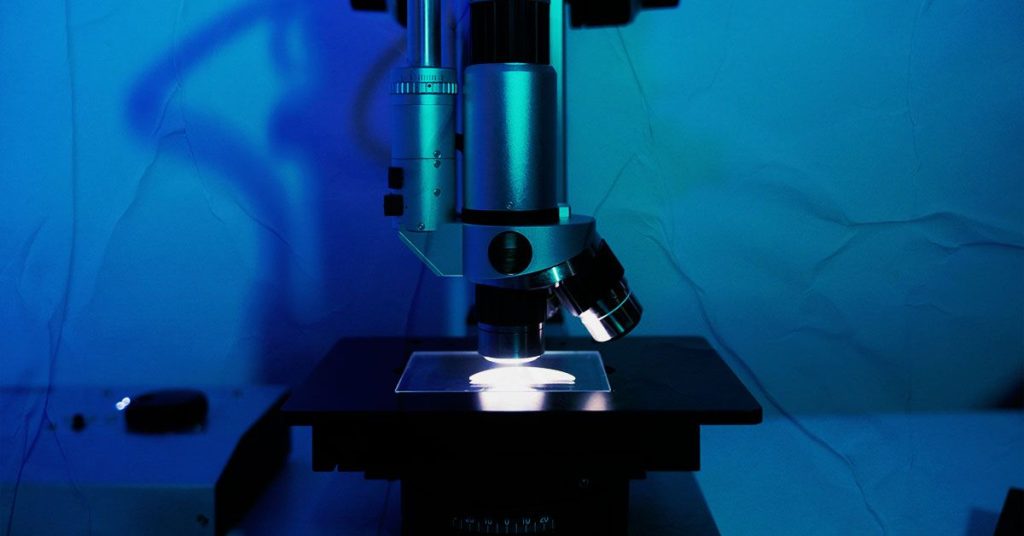Bone marrow contains stem cells that produce various types of blood cells necessary for our immune system. As we age, the diversity of these blood cells decreases, which may contribute to the aging process. Researchers in China conducted a study where they gave bone marrow transplants from younger mouse models to older mice with Alzheimer’s disease. The transplants reversed some signs of aging, improved cognition, and reduced amyloid-beta accumulation in the brains of the mice. This study was published in Science Advances. The researchers hypothesized that younger hematopoietic stem cells from bone marrow could counter signs of aging when transplanted into older mice.
Alzheimer’s disease is closely associated with the aging process, as cellular damage, oxidative stress, and reduced efficiency in clearing metabolic waste occur as we grow older. The buildup of amyloid beta plaques and tau tangles, which are characteristic of Alzheimer’s disease, are due to the decline in brain function with age. The researchers aimed to investigate the relationship between the age of hematopoietic stem cells and brain aging by using genetically engineered mice as models of Alzheimer’s disease. They compared the gene expression in older and younger mice before and after bone marrow transplants and found that the expression of aging-related genes was restored after the transplant.
The bone marrow transplant affected T-cells and monocytes, two types of immune cells, the most. The top Alzheimer’s disease risk genes were found to be differentially expressed in monocytes, and the bone marrow transplants from younger mice reversed these gene expression changes. The immune cells had a better ability to eliminate amyloid-beta build-up, resulting in lower levels of amyloid-beta in the brain and decreased neuroinflammation and neuronal loss in the older mice that received the transplant. The cognitive behavior of these mice also improved after the transplant. Overall, the young bone marrow transplant seemed to improve the immune system’s function both systemically and in the brain.
While the results of the study were promising, translating the procedure to humans posed ethical concerns. While bone marrow transplants are a well-defined and safe treatment for certain illnesses, using them in healthy humans to investigate aging-related diseases could be risky. There are also ethical issues related to using young donors for interventions in aging, as it could lead to exploitation and inequality. Alternative approaches such as heterochronic autologous transplants, where a person’s own blood or bone marrow from an earlier age is used, could potentially achieve similar effects without the need for external donors, reducing the risk of exploitation. Despite the potential benefits of bone marrow transplants in combating aging-related diseases, further research is needed to identify specific aspects of the procedure that affect the aging process and address ethical concerns.


